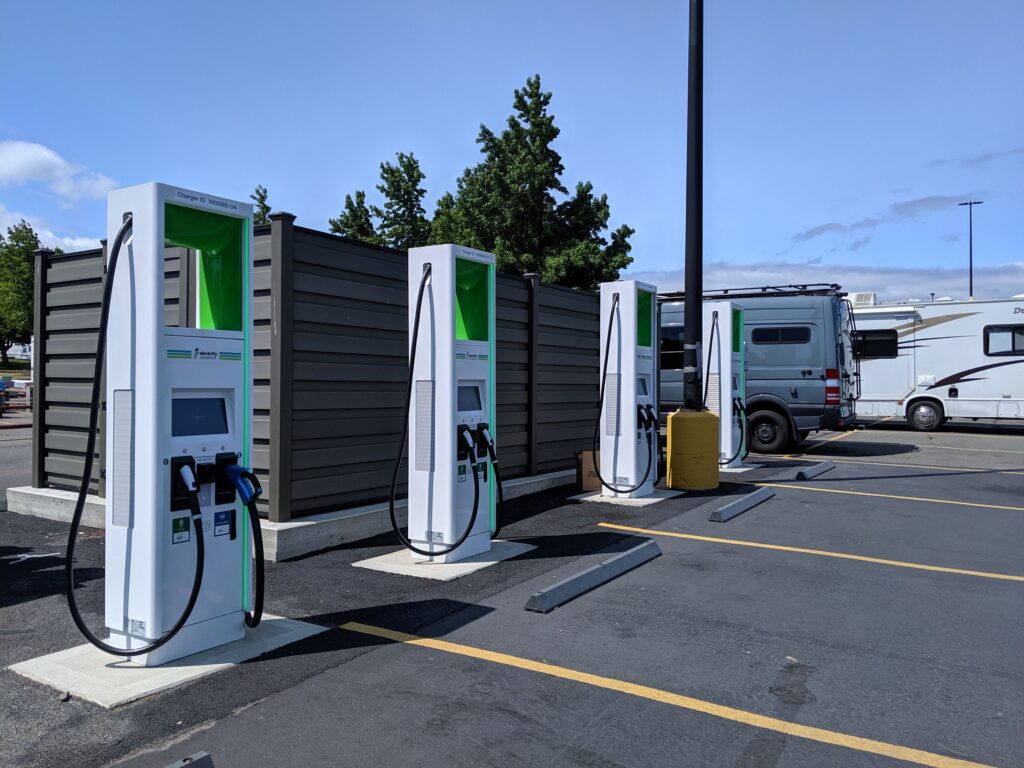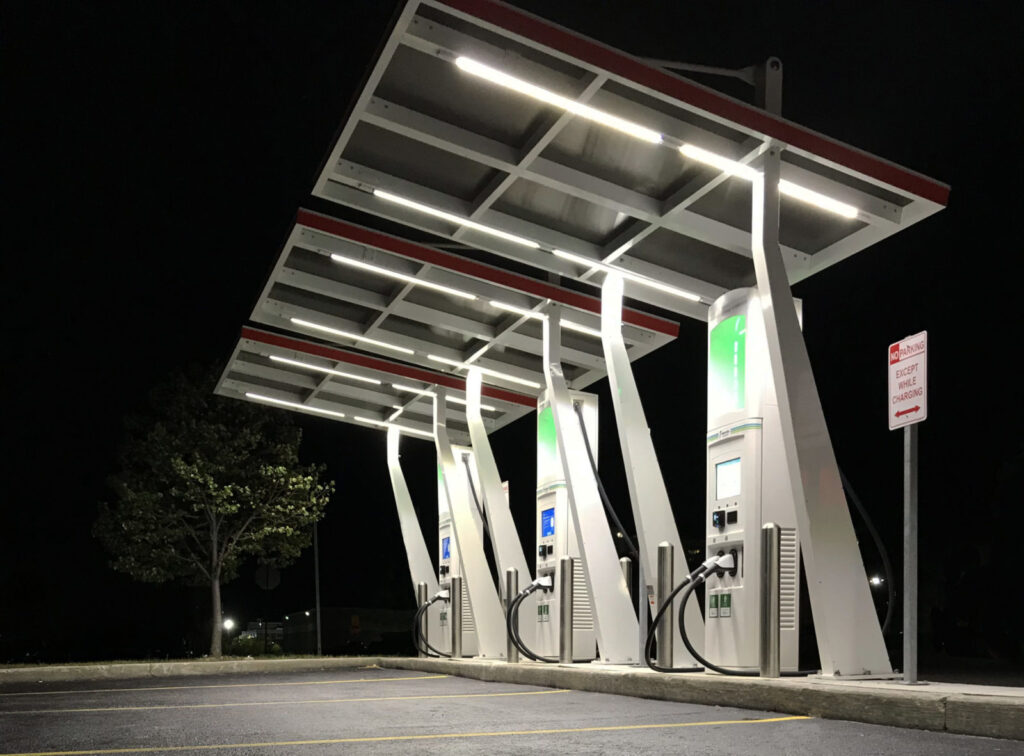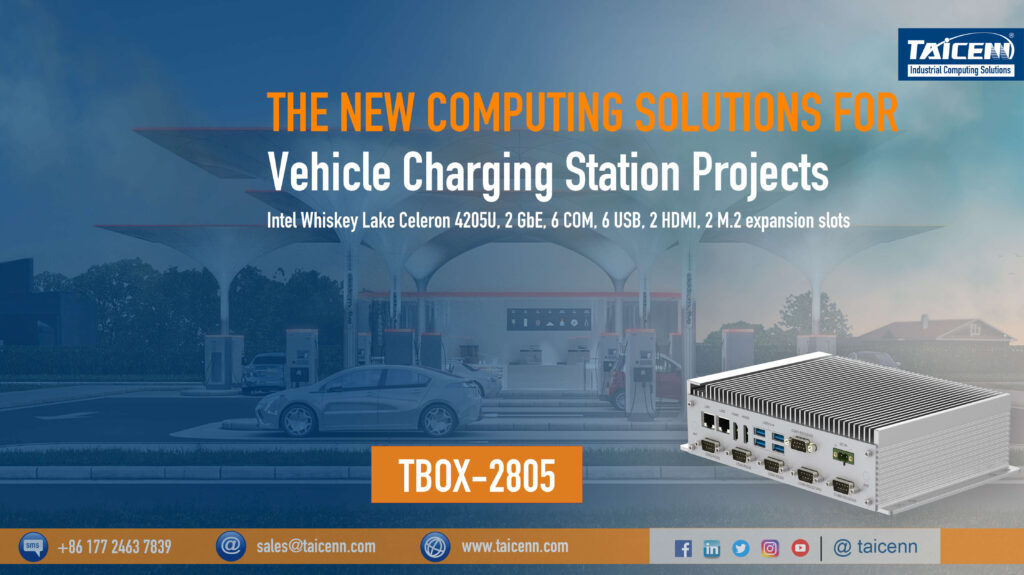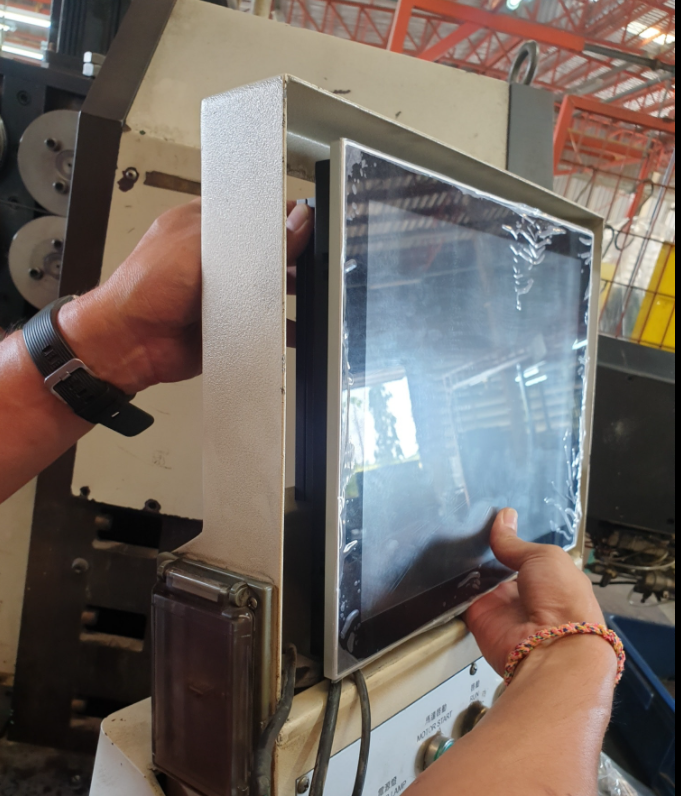Background:
Electric vehicle (EV) chargers are being used to charge electric vehicles that include a battery and an electrical supply that assists in charging the battery. Electric vehicles are less expensive to buy and maintain than traditional gasoline/diesel vehicles. Electric vehicles significantly decrease the toxic gas emissions that are released into the atmosphere. Because gasoline is a fuel source, it is not a sustainable energy source and will eventually run out of supplies. To ensure a sustainable future, sustainable energy sources must be developed and utilized. This necessitates the use of electric vehicles, which do not require the use of gasoline and are more cost-effective than traditional combustion vehicles. With the recent spike in gasoline and diesel prices, demand for electric vehicles has increased, which in turn boosts the electric vehicle charger market’s growth.
According to Facts and Fact Research, the global market for electric vehicle charging stations is expected to reach $70 billion by 2026, with a compound annual growth rate (CAGR) of 33% (2019 to 2026). The growth in demand for charging stations is obvious.
Intelligent electric vehicle charging pile system:
The intelligent electric vehicle charging pile system combines the Internet of Things, the Internet, big data, etc., to realize the whole real-time accurate monitoring of the charging terminal current, voltage, temperature, automatic fire alarm, equipment abnormality and other state information. The system can connect with the fire control platform and realize data linkage.

The intelligent charging load control system enables a single charging pile to have the function of charging more than 50 electric vehicles at the same time. Through the optimized power control, it will accelerate the distribution of power to each charging pile. The core of intelligent load control is a strong and solid embedded industrial computer, which can ensure the stable and reliable operation of each charging pile, and assist the charging station operators to accelerate the management and create the utilization rate of charging piles.
1. Precautionary power cuts
When not charging or fully charged, the socket will automatically power off to prevent power, and has power off memory function, after the power failure when the call can automatically restore the state of power off.
2.Real time monitoring
Monitor the current, temperature and other parameters of each charging circuit in real time. In case of electrical safety faults such as short circuit, poor contact, overload, abnormal charging, overtemperature and so on, push the alarm information to the person in charge in real time through telephone / SMS / platform / app to facilitate timely investigation and maintenance.
3.Automatic recognition
Each charging port is monitored in real time, and when the size and characteristics of the charging flow do not match the charging flow of electric vehicles, the power supply will be cut off, and charging is not allowed, so as to prevent the access of high-power non-electric vehicle electrical equipment.
4.System linkage
The system can link the smoke alarm module, and the equipment will automatically cut off when receiving the smoke alarm signal, and push the alarm information to the person in charge in real time through telephone / SMS / platform app.
5.One-click payment
Users can scan the QR code to query, recharge and receive prompt messages, support the online payment function of mainstream third-party payment software such as mobile phone WeChat and Alipay, charge reasonable fees, and meet the payment needs of different groups of people.

Product requirements:
1. Compact size:
Power load control systems and embedded computers are installed in small chassis. Therefore, the first elements of the embedded computer are the small size and flexible mounting options, such as wall mounting, rail mounting (DIN rail), VESA, and side mounting.
2. Rich I / O connection
The embedded computer is used to calculate the available charging power and dynamically control each charging point to monitor and control the operation status of the charging equipment and maximize the utilization rate of the equipment in real time. The embedded computer installed the web-based hyperor. This manager can set up, monitor, and upload charge records and data to a remote-control room. In addition, the embedded computer is connected to an RFID reader that allows users to scan the RFID charging card to start the service of the charging pile.Therefore, embedded computers need a rich and complete I / O to connect to displays, swipe operations, and network connections to LAN / WiFi / 4G LTE.
3. Strong solid design:
Charging stations require 24 hours of uninterrupted operation in severe outdoor environments, so embedded computers must support wide working temperatures, with a strong and solid design. This way to ensure stable operation, safety and operational efficiency.
TAICENN solutions——TBOX-2805
TAICENN TBOX-2805 is a newest release high-performance fan-less industrial Box PC model, it adapts Intel Whiskey lake Celeron 4205U 1.8Ghz CPU, having advanced computer performance and low power consumption. TBOX-2805 storage can support 1 *M.2 SATA 2242/2280 and 1* 2.5 inch SATA SSD or HDD; The design has a variety of communication interface, with 2* RJ45 (Intel chips) ports, 2* USB 2.0, 4* USB 3.0 port, 6* COM (Optional with 2*S485/8*GPIO); The power input is DC 12V voltage, optional wide voltage DC 9~36V power range.

Key features:
● Rugged & compact, fanless designed box structure;
● On-board Intel Whiskey Lake 8th-gen. Celeron 4205U Dual-core processor;
● Single DDR4 memory, up to 16GB, 1* M.2 and 1* 2.5” SATA storage;
● DC 12V input, optional wide voltage DC 9~36V input;
● 2 GLAN, Dual wireless expansion 4G/5G, WIFI/BT support;
● 6 USB (4 USB3.0), 6 COM (optional GPIO), 2 HDMI;
● Industrial -20 ~ + 60℃ operating range, optional -40~+80 ℃.

At the end:
The electric vehicle charger market is a diverse, inventive, and competitive sector. Increased public and private investment in this landscape have resulted in significant advances in charging technology. Some large corporations around the world have invested in charging equipment that can provide a 10-minute fast charge potential for global electric vehicles. Furthermore, charging capacity is becoming safer and more effective in replacing traditional fuel-based technology.











.jpg)
